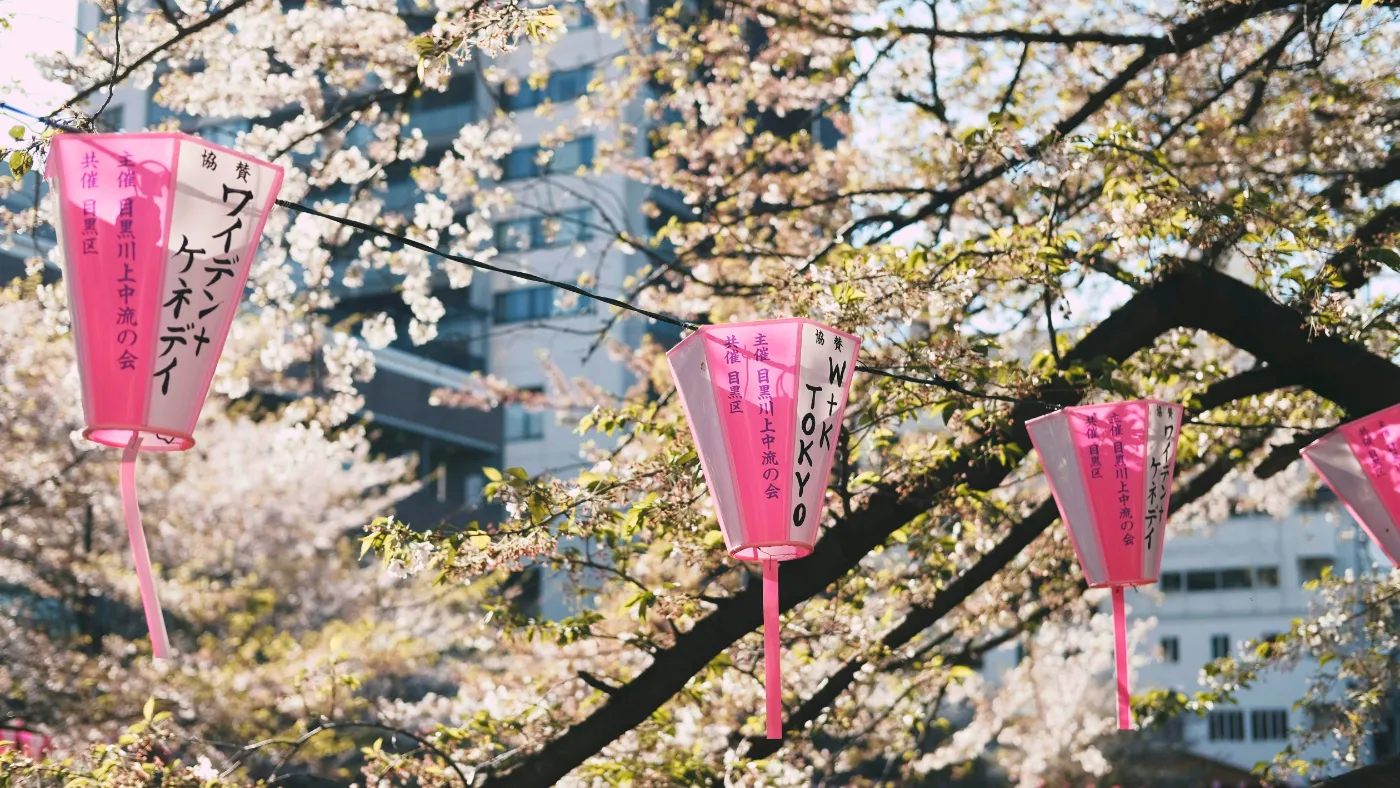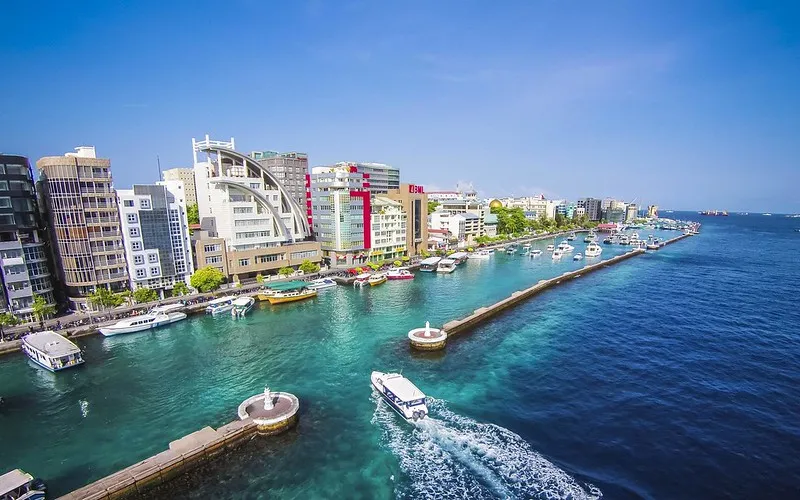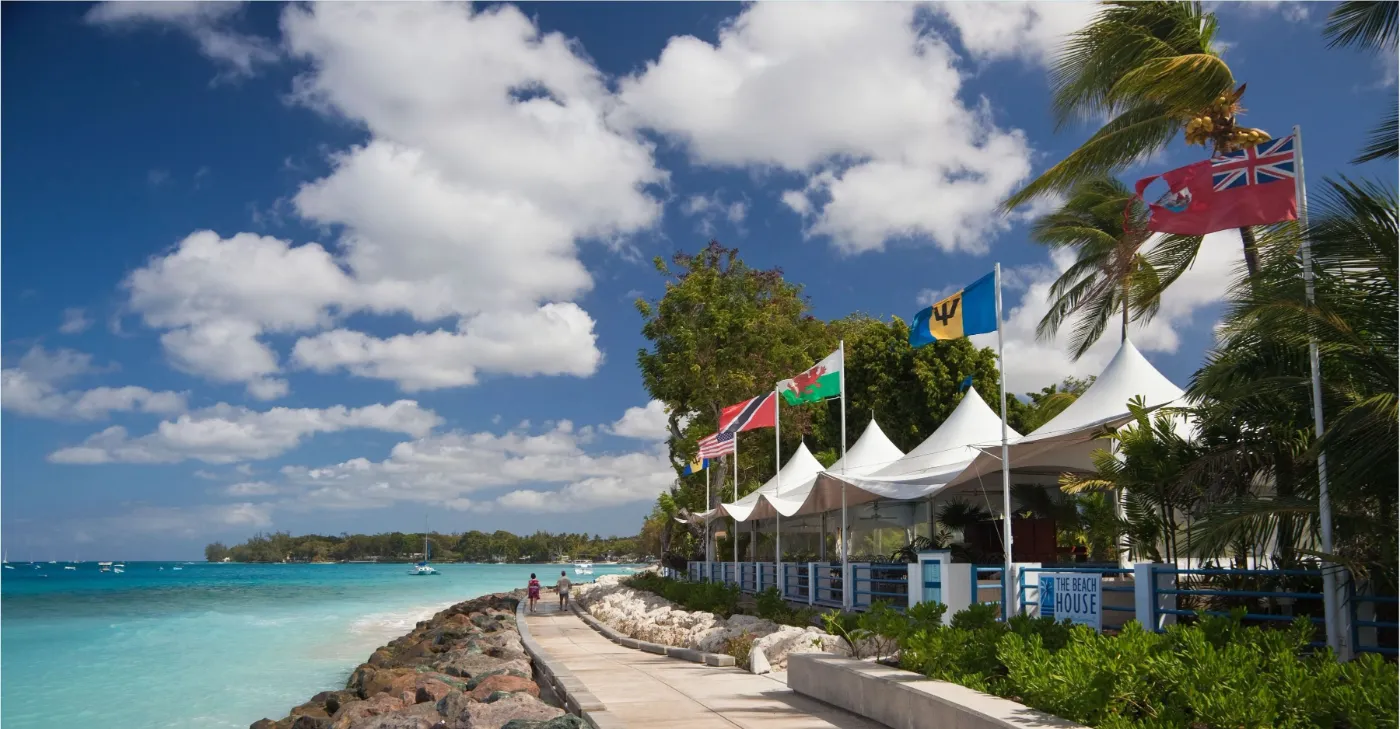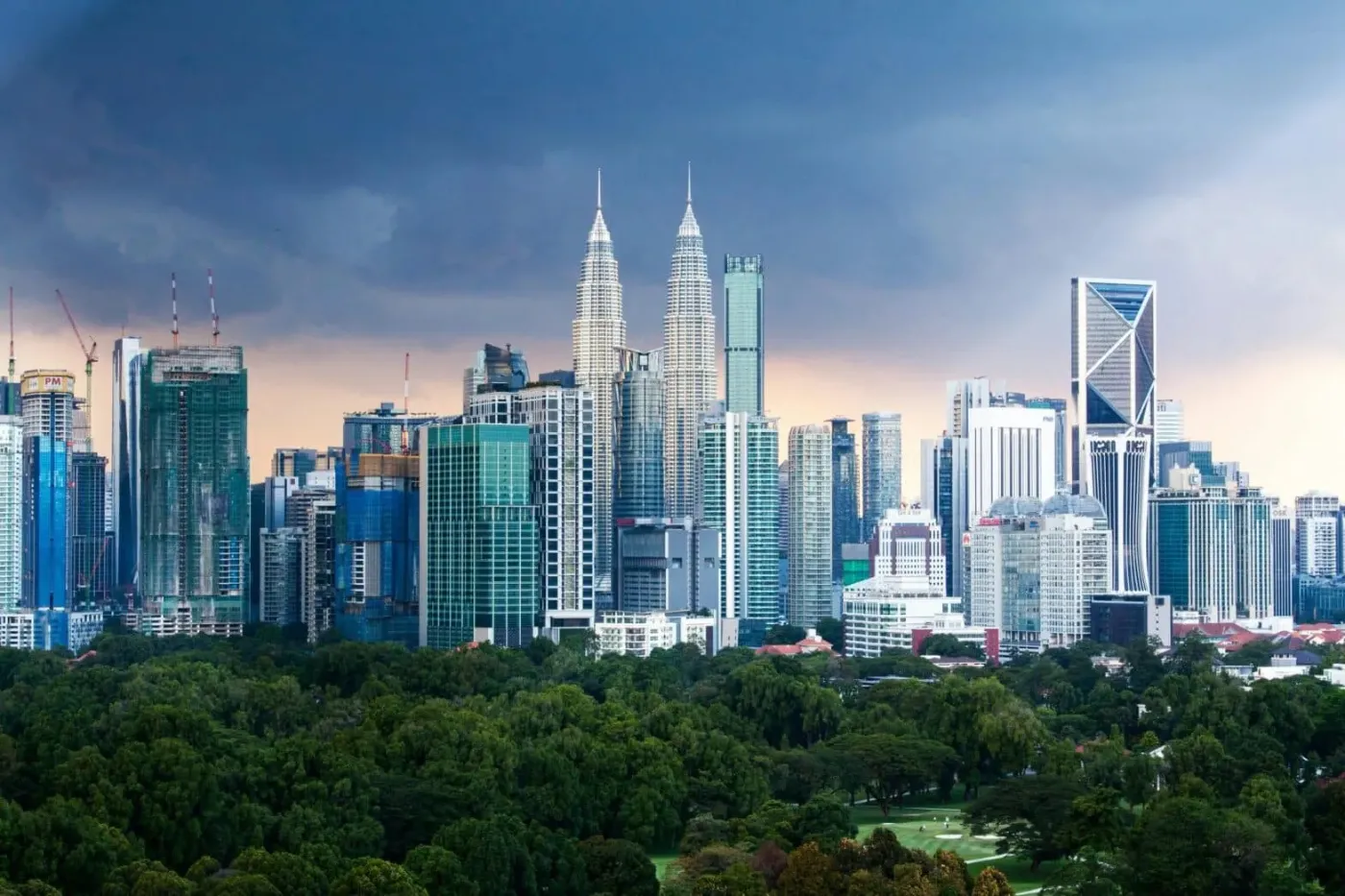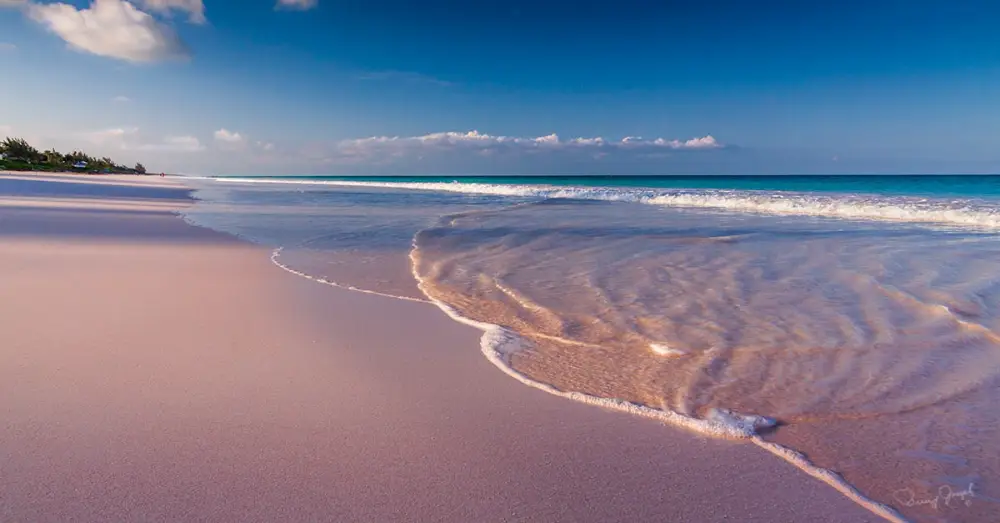Tokyo is one of the most fascinating cities to explore, especially if it’s your first trip to Japan. It’s a place where ancient shrines sit quietly behind high-rise buildings, where neighbourhoods feel like small worlds of their own, and where traditions blend naturally with innovation. This Tokyo travel guide aims to simplify the process for first-time travellers by answering the key question: How to plan a Tokyo trip? Where to stay? What are the best things to do in Tokyo? And which Tokyo travel mistakes to avoid?
Rather than overwhelming you with unrelated attractions, this guide focuses on meaningful experiences. It provides a clear breakdown of neighbourhoods, cultural insights, seasonal travel tips, cherry blossom locations, transport advice, and specific suggestions for a Tokyo itinerary for beginners. If you're planning Tokyo for first-timers or feeling nervous about navigating the Tokyo subway guide or Tokyo station navigation, this guide offers clarity and calm.
How to Get to Tokyo
Most travellers arrive at Tokyo via Narita Airport or Haneda Airport. Haneda is closer to the centre and ideal for first-time travellers. From here, the Tokyo Monorail connects you directly to Hamamatsuchō Station, giving quick access to the JR network. The Keikyu Line is another smooth option, especially if you’re staying in Shinagawa, Ginza or Asakusa.
Narita, although further away, is easy to navigate. The Narita Express (N'EX) is usually the simplest choice for travellers heading toward Tokyo Station, Shibuya or Shinjuku. If you’re researching how to plan a Tokyo trip for beginners, this train is comfortable and hassle-free.
If you’re travelling from other Japanese cities, the Shinkansen is an incredibly efficient option. Routes from Osaka, Kyoto, Nagoya, Sendai and Kanazawa give you a chance to enjoy sweeping landscapes. The whole process is streamlined, and stations are well signposted, allowing even first-timers to move confidently.
Understanding Tokyo: Core Neighbourhoods and How They Fit Together
To understand Tokyo, you need to understand its neighbourhoods. Each district offers distinct experiences, and your choice of accommodation will shape your Tokyo itinerary for beginners.
Shinjuku: Tokyo’s Energy Hub
This Shinjuku travel guide section gives a practical breakdown. Shinjuku is one of Tokyo’s busiest districts and is ideal for travellers who want convenience, nightlife and diverse dining options. Shinjuku Station is famously complex, but for first-time travellers to Tokyo, simple navigation tips – like following colour-coded signs – can make a huge difference. The area also offers access to express buses for day trips, making it strategically valuable.
Shibuya: Stylish, Modern and Youthful
Shibuya is famous for its scramble crossing and futuristic cityscape. It appeals to visitors who want a lively, modern neighbourhood with easy transport connections. Most Shibuya travel tips focus on sticking to the main streets until you feel comfortable; the smaller alleyways add charm but can be confusing. It’s a great base for exploring cafés, boutiques and Tokyo’s nightlife.
Asakusa: A Window into Old Tokyo
Asakusa preserves the feel of Edo-period Tokyo. Its narrow streets, traditional shops and Senso-ji Temple make it perfect for travellers who want a calmer atmosphere. If your Tokyo travel guide needs historical depth, this is the place to start.
Tokyo Station & Marunouchi: Clean, Central, Connected
This area is ideal for travellers who want a polished environment and minimal transport stress. Tokyo Station navigation may seem intimidating but is manageable once you understand the station’s structure. Staying in Marunouchi gives you immediate access to the Shinkansen, the subway and airport trains.
Ueno: Museum District with Local Charm
Ueno is known for its parks, museums and old neighbourhoods. It’s also great for sakura travellers due to Ueno Park sakura viewing. Hotels here tend to be more affordable, making it ideal for budget-conscious visitors who still want central access.
Ginza: High-End, Elegant and Convenient
Ginza is perfect for travellers wanting sophisticated shopping, refined dining and quiet evenings. Its streets feel more spacious, and the architecture is modern yet understated, making it a comfortable option for many first-time visitors.
Read more: Most Relaxing Places Around the World
Tokyo History Guide: Edo to Meiji and Beyond
Tokyo’s history shapes its modern character. During the Edo period (1603–1868), Tokyo, known as Edo, became home to the shogunate. Merchants, artisans, samurai and townspeople filled its streets, developing a unique urban culture. Many traditions, from woodblock prints to tea shops, have their roots in this era.
The Meiji Restoration Tokyo era (beginning 1868) led to rapid modernisation. Edo became Tokyo, symbolising Japan’s shift to a new national identity. Western architecture blended with Japanese aesthetics, and modern infrastructure transformed the city’s landscape.
Visitors interested in Tokyo history guide insights should explore:
- The Tokyo National Museum (Ueno Park)
- Edo-Tokyo Museum (when open)
- Asakusa and Yanaka for preserved old-town feel
These places offer direct windows into Tokyo’s transformation from a feudal capital to a global metropolis.
Tokyo Culture Guide
The Meiji Restoration Tokyo era (beginning 1868) led to rapid modernisation. Edo became Tokyo, symbolising Japan’s shift to a new national identity. Western architecture blended with Japanese aesthetics, and modern infrastructure transformed the city’s landscape.
Food culture in Tokyo is vast – ramen shops, sushi counters, izakaya, street snacks and refined tea houses all play vital roles. Seasonal foods like sakura mochi Tokyo treats appear in spring, while autumn brings roasted sweet potatoes and chestnut desserts.
Understanding these cultural rhythms helps travellers feel more connected to the city.
Tokyo Modern Architecture
Tokyo’s architecture reflects its identity as a forward-looking city. Areas like Omotesando showcase bold, sculptural buildings designed by global architects. Roppongi features modern museums and towers, while Odaiba displays futuristic structures like the Fuji TV building.
Even typical residential areas show a mix of contemporary minimalism and traditional elements. Architecture lovers will find endless inspiration in the interplay between design, function and urban life.
Cherry Blossom Guide: Best Sakura Spots in Tokyo
Cherry blossom season is one of the most magical times to visit Tokyo. Tokyo's sakura season typically begins in late March, often reaching full bloom in early April. The Sakura Forecast Tokyo 2025 suggests similar timing, though dates may shift slightly based on temperature.
Below are the top cherry blossom spots, with detailed travel insights.
Ueno Park
Ueno Park sakura draws enormous crowds, but there’s a reason it’s iconic. The long central walkway creates a dramatic canopy of blossoms. For Ueno Park sakura shots, sunrise is the best time for photography.
Meguro River
With 800+ trees lining the canal, Meguro River cherry blossoms create a photogenic tunnel of pink. It’s one of Tokyo’s romantic spots, especially during the Meguro River night sakura illumination. If you're planning photography, use the Meguro River photography tips: shoot on footbridges for symmetrical frames.
Shinjuku Gyoen
One of the best quiet sakura places Tokyo offers. Shinjuku Gyoen sakura season features multiple cherry blossom varieties, meaning a longer blooming window. It’s ideal for relaxed hanami picnics.
Chidorigafuchi
Chidorigafuchi cherry blossom viewing is best known for its moat-side paths and boat rides. This is one of Tokyo's most picturesque spots, especially for couples seeking romantic sakura spots Tokyo offers.
Sumida River
Sumida River sakura spots offer long riverside walks and views of Tokyo Skytree surrounded by blossoms.
Quiet Neighbourhood Cherry Blossoms
For crowd-free cherry blossom Tokyo experiences, try Kiyosumi-Shirakawa, Komagome and Yanaka. Early morning visits (around 6–7 AM) give serene, crowd-free experiences and softer lighting.
Read more: Experience Sakura: Cherry Blossom Season in Japan
Sakura Food and Seasonal Experiences
Spring brings a wave of cherry blossom-themed snacks and drinks. Sakura cafés in Tokyo often introduce limited-edition beverages, pastries and parfaits. Street vendors near major sakura spots offer seasonal treats such as sakura anpan, cherry blossom dango and pink taiyaki. Sakura mochi Tokyo shops provide regional variations, each with unique textures and colours.
Where to Stay in Tokyo
Best Areas for First-Time Visitors
- Shinjuku for nightlife, transport and convenience
- Shibuya for youthful energy and modern city vibes
- Asakusa for old Tokyo ambience and slower pace
Best Areas to Stay During Sakura Season
- Ueno area sakura hotels for park proximity
- Asakusa cherry blossom stay options for riverside paths
- Shinjuku sakura accommodations for Shinjuku Gyoen access
Hotels fill quickly during sakura season, so early booking is essential.
Tokyo Travel Tips for a Smooth Experience
- Carry a Suica or Pasmo card for trains and buses.
- Avoid peak-hour travel to reduce stress.
- Follow Tokyo hanami etiquette when picnicking.
- Check Tokyo cherry blossom updates regularly for real-time bloom conditions.
- Use Tokyo sakura live camera feeds for crowd and bloom updates.
- Walk often; the city reveals itself best on foot.
- Divide your days by neighbourhood to reduce travel fatigue.
- Read Tokyo travel mistakes to avoid so you don’t over-plan or rush.
- If you experience Tokyo travel anxiety, plan simpler days and give yourself time to adjust.
Things to Do in Tokyo
- Visit Senso-ji Temple
- Explore Shibuya Crossing
- Enjoy gardens at Shinjuku Gyoen
- Visit Ueno Museums
- Take a Sumida River sakura viewing cruise
- Photograph Meguro River at night
- Wander quiet residential sakura streets
- Explore Yanaka’s old-town charm
- Visit Tokyo Skytree or Tokyo Tower
- Discover the architecture of Omotesando
FAQs About Tokyo, Japan
Q1. Is Tokyo easy for first-time visitors?
Yes. With planning and clear routes, Tokyo for first timers is manageable and safe.
Q2. What is the best time to see sakura in Tokyo?
Late March to early April, depending on the sakura forecast Tokyo.
Q3. Which sakura locations are the least crowded?
Kiyosumi-Shirakawa, Komagome and early morning visits to Shinjuku Gyoen.
Q4. How do I travel easily around Tokyo?
Use the Tokyo subway guide, Suica card and Google Maps. Avoid rush hours.
Q5. Is Tokyo Station difficult?
Tokyo station navigation gets easier once you follow the colour-coded signs.
Q6. Which budget areas are best for sakura season?
Ueno and Asakusa offer great value and proximity to major sakura spots.
Q7. What are the main rules for hanami?
Be quiet, clean up fully and respect designated picnic areas.
Conclusion
Tokyo is a city that rewards curiosity. Its history, culture, architecture and seasonal beauty combine to create a destination full of memorable experiences. Whether you're planning Tokyo first time travel or returning for another visit, the city offers something new each time. For more peaceful international destinations, you can explore options on The Peace Destinations website.
Read more: Top 15 Places to Visit Once In a Lifetime
Want to explore?
Explore the world with our highly expert guides and affordable tour packages. Book your next trip with us today or Get a quote for your next trip!

